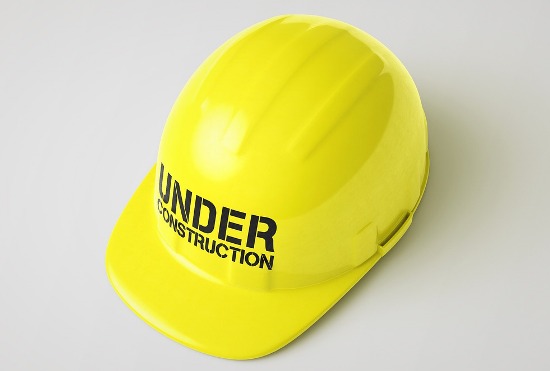Plastic in construction
'Plastic' is a general name given to a wide range of synthetic materials that are based on polymers. The construction industry uses plastic for a wide range of applications because of its versatility, strength-to-weight ratio, durability, corrosion resistance, and so on.
Plastic can be manufactured into forms such as; pipes, cables, coverings, panels, films, sheets and so on; and can be formed or expanded to create low-density materials; and be dissolved in solvents or dispersed as emulsions.
Some of the main types of plastic that are used in construction include:
- Acrylic.
- Composites.
- Expanded polystyrene.
- ETFE.
- Polycarbonate.
- Polyethylene.
- Polypropylene.
- Polyvinyl chloride (PVC).
- PTFE.
Some of these plastics main uses in the construction industry are:
- Cladding panels.
- Cables.
- Pipes and gutters.
- Windows and doors.
- Shuttering
- Wall linings
- Floor covering
- Ceiling panels.
- Roof coverings.
- Sinks, basins, baths, and showers.
- Worktops
- Insulation materials.
- Membranes.
The advantages of using plastic in construction are that it is lightweight yet strong which makes it easier to transport and shift around sites. It is also resistant to rot and corrosion and has strong weather ability due to it being capable of achieving tight seals. Plastic can also be flexible, and is easily extruded, bent, molded, 3D printed, and so on. Plastic can also be easily removed and some plastics can be recycled.
The disadvantages of plastic are that it has a high embodied energy content and a low modulus of elasticity, meaning that it is generally unsuitable for load-bearing applications. Unless treated, most plastics are also ignitable and have a high thermal expansion rate which requires detailing to allow for adequate thermal movement.
There are environmental concerns about some plastics because of difficulties recycling them, there persistence in the environment after disposal, and concerns regarding chemical additives used to make plastics flexible, resistant to fire, and adhesive.
[edit] Related articles on Designing Buildings Wiki
- Adhesives.
- Cladding.
- Construction materials.
- Construction plastics market.
- ETFE.
- Fabric structures.
- Glass reinforced plastic GRP.
- India looks at using plastic instead of sand.
- Nylon.
- Paint.
- Plasticisation.
- Polyethylene.
- Polymers.
- Recyclable construction materials.
- Rubber.
- Sandwich panel.
- Thermoplastic materials in buildings.
- Transparent insulation materials.
- Types of plastic in construction.
- Weatherboarding.
Featured articles and news
RTPI leader to become new CIOB Chief Executive Officer
Dr Victoria Hills MRTPI, FICE to take over after Caroline Gumble’s departure.
Social and affordable housing, a long term plan for delivery
The “Delivering a Decade of Renewal for Social and Affordable Housing” strategy sets out future path.
A change to adoptive architecture
Effects of global weather warming on architectural detailing, material choice and human interaction.
The proposed publicly owned and backed subsidiary of Homes England, to facilitate new homes.
How big is the problem and what can we do to mitigate the effects?
Overheating guidance and tools for building designers
A number of cool guides to help with the heat.
The UK's Modern Industrial Strategy: A 10 year plan
Previous consultation criticism, current key elements and general support with some persisting reservations.
Building Safety Regulator reforms
New roles, new staff and a new fast track service pave the way for a single construction regulator.
Architectural Technologist CPDs and Communications
CIAT CPD… and how you can do it!
Cooling centres and cool spaces
Managing extreme heat in cities by directing the public to places for heat stress relief and water sources.
Winter gardens: A brief history and warm variations
Extending the season with glass in different forms and terms.
Restoring Great Yarmouth's Winter Gardens
Transforming one of the least sustainable constructions imaginable.
Construction Skills Mission Board launch sector drive
Newly formed government and industry collaboration set strategy for recruiting an additional 100,000 construction workers a year.
New Architects Code comes into effect in September 2025
ARB Architects Code of Conduct and Practice available with ongoing consultation regarding guidance.
Welsh Skills Body (Medr) launches ambitious plan
The new skills body brings together funding and regulation of tertiary education and research for the devolved nation.
Paul Gandy FCIOB announced as next CIOB President
Former Tilbury Douglas CEO takes helm.
UK Infrastructure: A 10 Year Strategy. In brief with reactions
With the National Infrastructure and Service Transformation Authority (NISTA).
























Comments